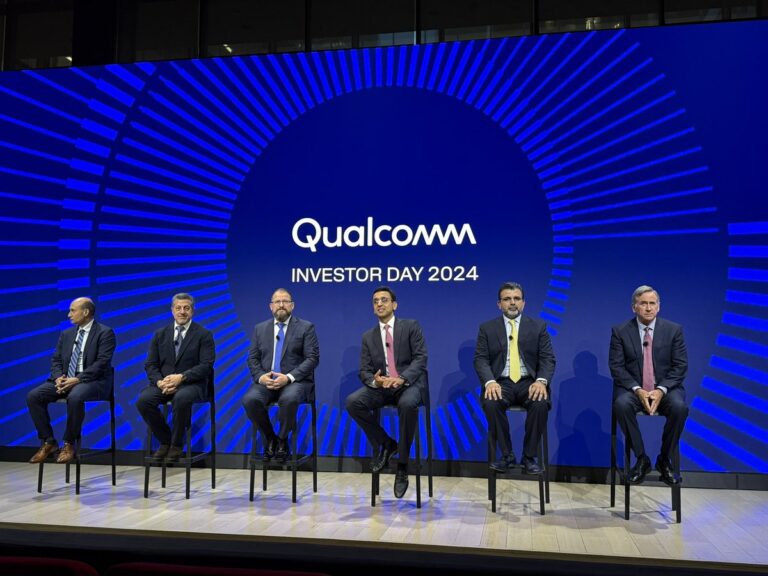Uber is now even more on the back foot.
- The partnership between Waymo and Lyft puts Lyft streets ahead of Uber when it comes to developing autonomous cars but is likely to cost it heavily in the coinage of data.
- Uber has described autonomous autos as “existential” to its long-term future and in that regard this partnership represents a huge threat.
- This is because when it comes to autonomous driving, Uber is by far the worst.
- It is worse even than the dull old OEMs that everyone derides as being hopelessly unprepared for the changes coming in their industry.
- Data from the California DMV analysed by RFM (see here) showed that Waymo is 5000x better at autonomous driving than Uber is.
- Furthermore, Uber was also comfortably beaten by BMW, Nissan, Tesla and Mercedes.
- Uber, Lyft, Didi and the other ride hailing companies operate market places where drivers and riders are matched making their economics exactly like that of classifieds.
- This means the to make money a player, needs to have 60% market share or be double the size of its nearest competitor.
- This is why I am of the opinion that its time Uber started trying to make money in the US (see here) and Didi should be trying in China where it is now unopposed. (see here).
- Against that backdrop, Lyft looks doomed except that by signing a partnership with Waymo, it is now in pole position to have by far the best autonomous solution and be there first.
- From this partnership, Google gets a route to market and a source of data whereas Lyft gets access to technology that it is unlikely to be able to develop on its own.
- The problem that all the ride hailing companies face is that if all cars become autonomous, then their current businesses become obsolete as, while there will be riders, there will be no drivers.
- This is why they must be present in this space as it will give them the ability to migrate from human to robot drivers as the technology comes to market.
- I have long been of the opinion that this is going to take much longer than expected.
- This is not because the technology is not ready but because the market is unprepared to receive it (see here).
- This gives Uber time to catch up but the example of Waymo indicates that developing this technology is more difficult than many think and it requires a vast amount of practice (miles driven).
- I still think that autonomous vehicles will not become a market reality much before 2030, meaning that the field is wide open but this partnership puts Uber even more on the back foot than it already was.









Blog Comments
Victor
May 17, 2017 at 6:55 pm
“The problem that all the ride hailing companies face is that if all cars become autonomous, then their current businesses become obsolete as, while there will be riders, there will be no drivers.”
This is not a problem, this is the goal. The ride hailing companies cannot wait for this to happen soon enough.
They will continue to charge riders (obviously), and won’t have to pay drivers any longer, won’t have to deal with court cases over whether a driver is an employee or not, driver misbehavior, or any of the other troubles that drivers have by virtue of being human.
Ride hailing companies current business is on matching riders with a vehicle and taking payment. They don’t care if they own the vehicle, and they certainly don’t care who the driver is, provided they get paid. Their business is in maps and managing that dispatch. Riders are irrelevant to their future business.
windsorr
May 31, 2017 at 12:39 pm
disagree completely. They are marketplaces first and foremost. If one end of the marketplace vanishes then the market place itself collapses. This is why they have to have an autonomous offering as that is what will replace the selling part of the euqation and they go from a market place to selling a service. If they dont have the service its game over, good night, value = 0.